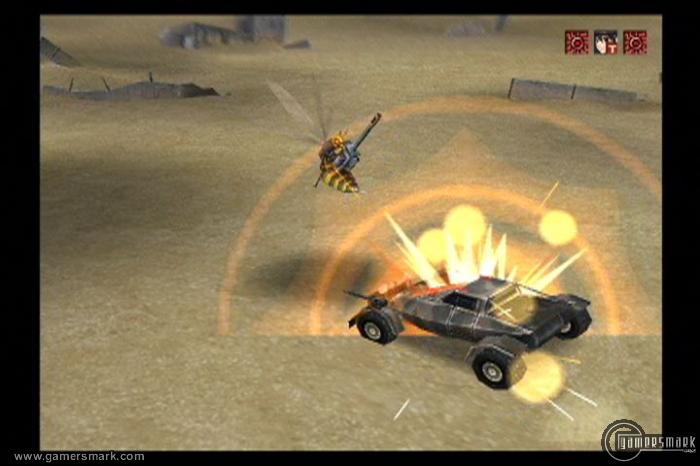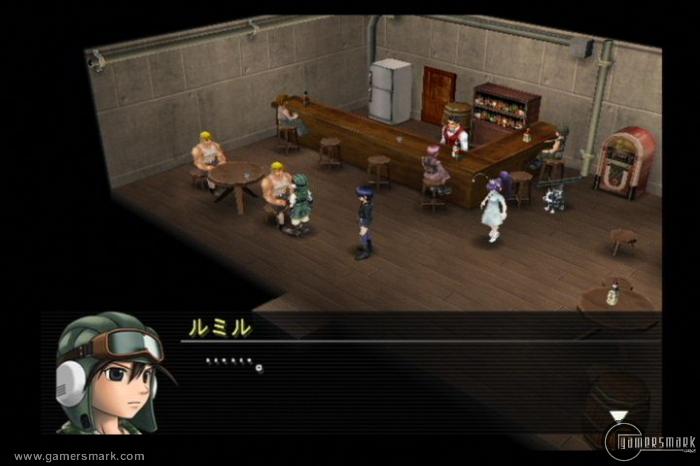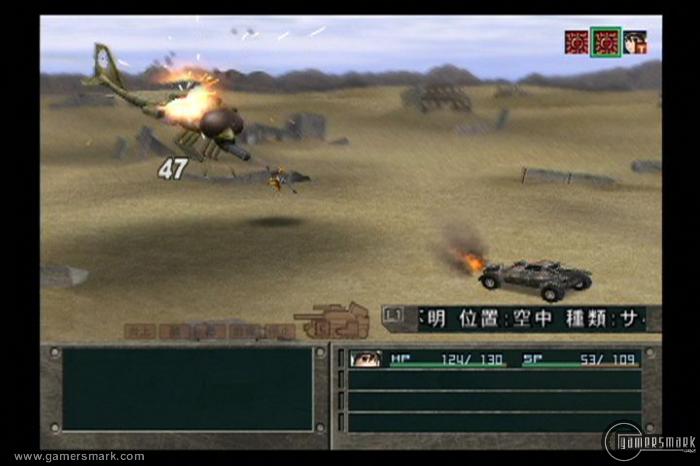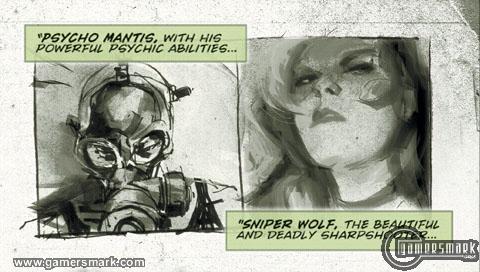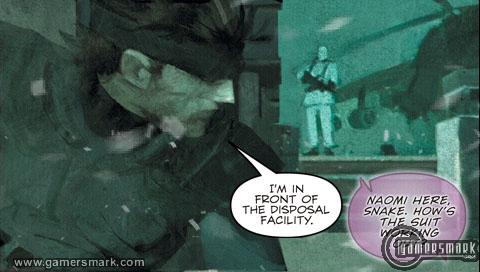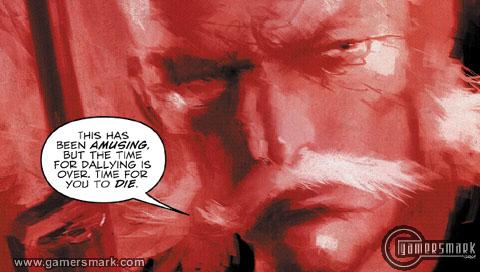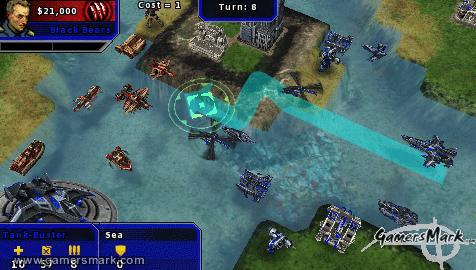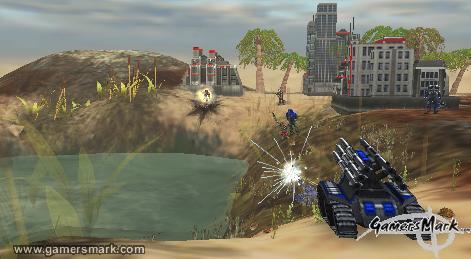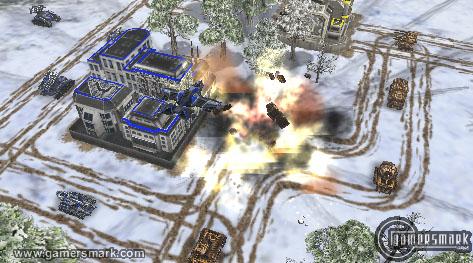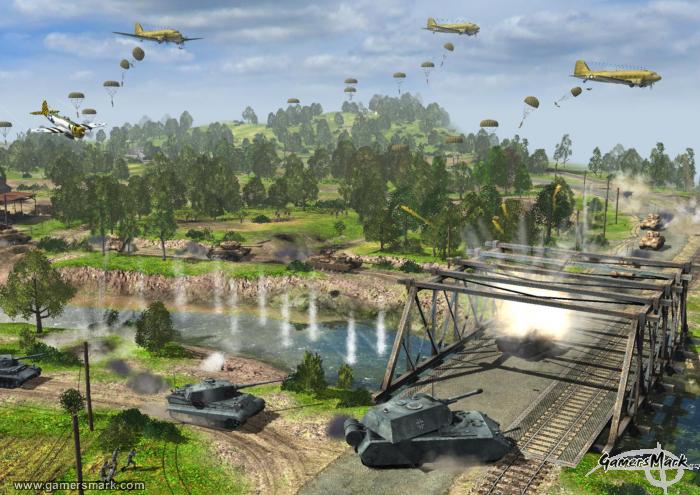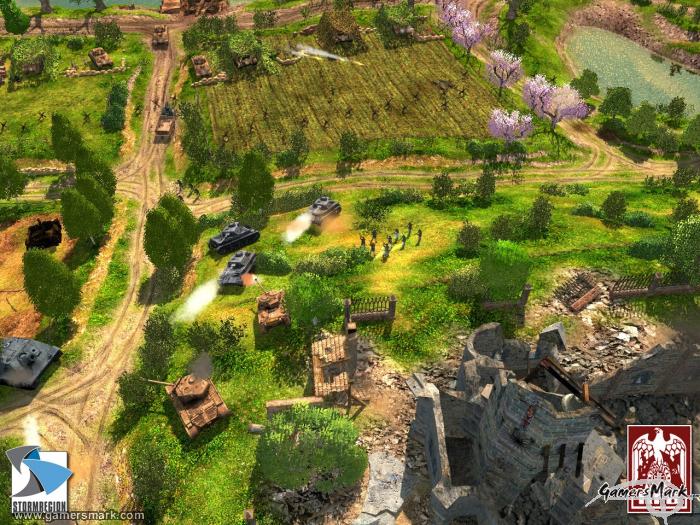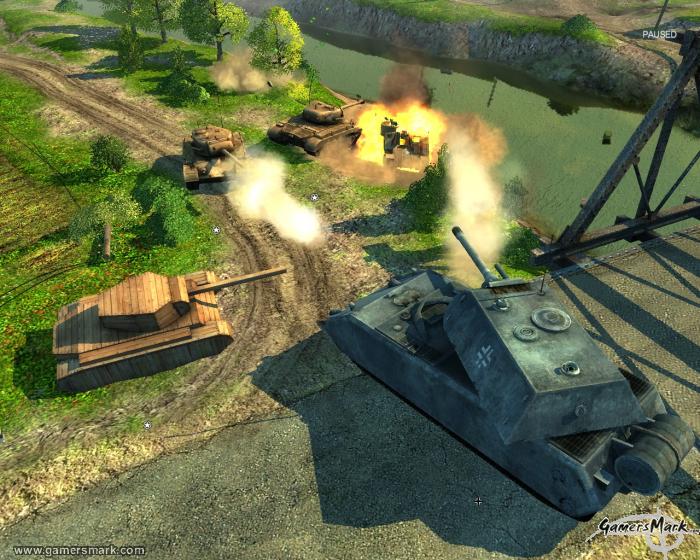Developer/Publisher: Square Enix || Overall: 9.0/10
Being a fan of pretty much any SquareSoft RPG from the PSOne era, it has always pained my heart that I was never able to experience the uniqueness that was encapsulated in the Tri-Ace-developed Valkyrie Profile, published by its future bedmate Enix. Square Enix answered my prayers with the re-release of Valkyrie Profile: Lenneth, a couple of months before the prequel Valkyrie Profile 2: Silmeria. Being a self-proclaimed hardcore fan of Final Fantasy games, I found VP: Lenneth to be a very jostling experience compared to the other products Squaresoft pushed back in the day. While the game could end up not delivering what you would expect after a full playthrough, it is a very fun 16-bit RPG nonetheless.
Valkyrie Profile: Lenneth’s setting is quite unique from what is usually seen for games based in mythology. It’s not uncommon to see Greek, Roman, or even medieval games, given that those are the most familiar mythologies American society has grown up with. Until VP: Lenneth, I had never heard of the lesser-known Norse Mythology, and that is what VP itself is based on. Without some background understanding about the words “Asgard,” “Valhalla,” and “Einherjar” I was simply perplexed by what any of the characters in the game were actually talking about, since it offers no explanation within itself (a theme in VP: Lenneth seems to be that it doesn’t explain itself on purpose).
However, a simple query online through one’s favorite search engine can answer the questions that may arise. Understanding the concepts of Norse Mythology might take a little more time, but you get my drift. Now, while saying that VP is “based” on Norse Mythology is true, it does not necessarily mean all of the concepts it introduces are exactly true to Norse Mythology itself. You’ll have to take the events that happen in the game as just that – events that happen in the game. It’s not a retelling of any particular story except the one that was fictionalized for the game, though it might be based on mythological figures.
The basis of the game’s actual story is that you are a Valkyrie named Lenneth. Valkyries are the female death servants of Lord Odin, ruler of the Æsir, who lives in a large palace named Valhalla. A Valkyrie’s purpose is to obtain human souls from Earth that exhibit a strong capability of helping fight the war in Asgard (Norse Heaven), which rages between the two rival groups of Gods known as the Æsir and the Vanir. Though in Norse Mythology Valkyries don’t exactly engage in combat directly as seen in the game, Lenneth is quite the badass when it comes down to her fighting skills. Lenneth also brings worthy human souls along with her into battle, who are called Einherjar. The term is used by the Gods to refer to the spirit of a warrior who died bravely in battle. For a religion thought up by Vikings who valued war, it’s not surprising that those who exhibit bravery in battle would be seen as special.
Lenneth, also referenced as just “Valkyrie,” must find enough Einherjar to help the Æsir before Ragnarok (the end of the world) comes about. You control Lenneth through all the different stories and dungeons that occur through the game’s progression in a Chapter/Period system. There are 24 periods in a “day,” known as a chapter, and eight days to go through before Ragnarok. So that means Valkyrie is on a tight schedule. Lucky enough for you, there is no traditional trekking through different parts of the world map before you get to the next event. Valkyrie can fly! So you can save lots of time by just flying to the next destination. You’ll also know exactly where to go, so there’s no guesswork involved in whether or not you should go to a certain town unless you feel the need to waste your allotted time. Even though the Chapter/Period system might seem a bit restrictive, when it comes down to it there just isn’t all that much extra stuff to do. Without intentionally wasting time visiting places you’ve already been to, you will be able to get through all the character’s mini-stories and dungeons within the confines of the given time. Still, you must transfer at least one (preferably two, since it’s the max) Einherjar to Asgard if you want to keep a good standing with Lord Odin.
Another unique aspect of the game is that it is almost exclusively in 2D. Save for the world map, there will be lots of platforming and running through doors on either side of a room. It is also multilayered – you can go to the “rear” or the “front” so there isn’t just one long string of rooms you progress through. The battle system is by far one of the most unique from the era and still is to this day. When in battle, each character is assigned to a face button, and when they are activated in a devastating-enough pattern, you are able to perform a special attack. Each character will have one unique special attack that they will use for the whole game, which can deal some very damaging blows that can make or break a battle in the desperate times. It is also important to note that special attacks can be strung together as long as a gauge in the bottom left of the screen fills up to 100 after any series of attacks.
Three kinds of items can pop out of an enemy as you fight them. There are purple orbs for using special attacks/magic more often, blue crystals giving 10% more experience each, and treasure chests symbolizing items you obtain after the battle is over. The way a battle progresses is in a combination of real-time and turn-based. When it is your turn, you can use all of your characters at the same time and get through your turn in a relatively short fashion if you choose to. It is a completely different system from the ATB system that was seen in FFVII/VIII/IX. The battle system is a very effective one, right up there with Xenogears’ implementation for non-ATB-based systems.
Another liberal idea that is executed in VP: Lenneth is the lack of any actual shops. That’s because Lenneth has the power to create items out of thin air by expending an amount of Materialize Points. As time goes on, stronger weapons and items will make themselves available for materialization. At the end of each chapter, you will be given another allotment of MP based on how well you did, which will have to go a long way considering that the next time you’ll get a significant amount of MP will be at the end of the next chapter. However, all is not lost, as you can convert items into MP if you’re just out of reach of a certain item’s price or simply don’t need a certain item. The whole item/weapon system is convenient, considering that you never have to hunt through a ton of different shops for a better weapon since you carry the shop with you. This Divine Item system, as it is known, can only be used on the world map or on save points.
Another interesting aspect of the game is that there are three different difficulty settings, as well as three different endings. The difficulty settings relate to how many dungeons you’ll be able to play and the level new characters start out with. Almost every help source I’ve seen suggests picking hard, for the fact that you can experience all of the dungeons that are in the game and see any of the three endings. The endings are referenced as “A,” “B,” and “C.” The “C” ending is the really bad ending, and is pretty easy to get. The “B” ending doesn’t explain anything that happened in the game, as you just get a pat on the back and off you go. The “A” ending is where the game should really be at, so do not play the game with the intention of getting any ending other than “A” if you don’t intend on playing this game more than once. Unfortunately for me, I knew nothing about which ending would be the most satisfying and ended up getting the “B” ending…resulting in a very underwhelming conclusion after pumping forty hours into the game. But I did have fun, and that’s the point, right?
When it comes to sound, it’s very cool to have a game from the PSOne era contain a decent amount of voiceovers in it. While it has become a de facto standard in my mind for most games I play now (especially dialogue-heavy games), I do have realistic expectations for games that were released nearly seven years ago. I found the voice work to be very satisfying, much like the graphics. Having a game that is entirely in animated 2D lends itself to having a sort of artistic beauty that is not hampered by a past generation’s typical look. There is nearly no frame rate slowdown in battles, as they play out with fluidity. Unfortunately, there is a noticeable slowdown in normal exploration as the camera scans left and right, not to mention the menu loading that is a bit longer than I would have liked, all of which can take away from the perceived quality of the emulation.
As for the portability of VP: Lenneth, I can say that it is the first and only portable RPG that I have sunk forty hours into. The record was previously held by Golden Sun, which I only spent around ten or fifteen hours with. Needless to say, VP: Lenneth works very well for portability, but if you’re looking for quick spurts of playing for five minutes, it might not be a great idea to play an RPG to begin with. If you’re away from a home console and have loads of time to kill, VP: Lenneth will be an excellent choice for RPG gamers. I know that I wouldn’t have been able to get through some of those long shifts at work without my PSP and VP: Lenneth.
VP: Lenneth is well worth the amount of money I spent to purchase the game the week it came out. I am glad that I am able to experience this game when it was nearly impossible to do such a thing for the past few years. For being one of the rarest PSOne games, it’s almost a steal to have it available at a normal price point.

